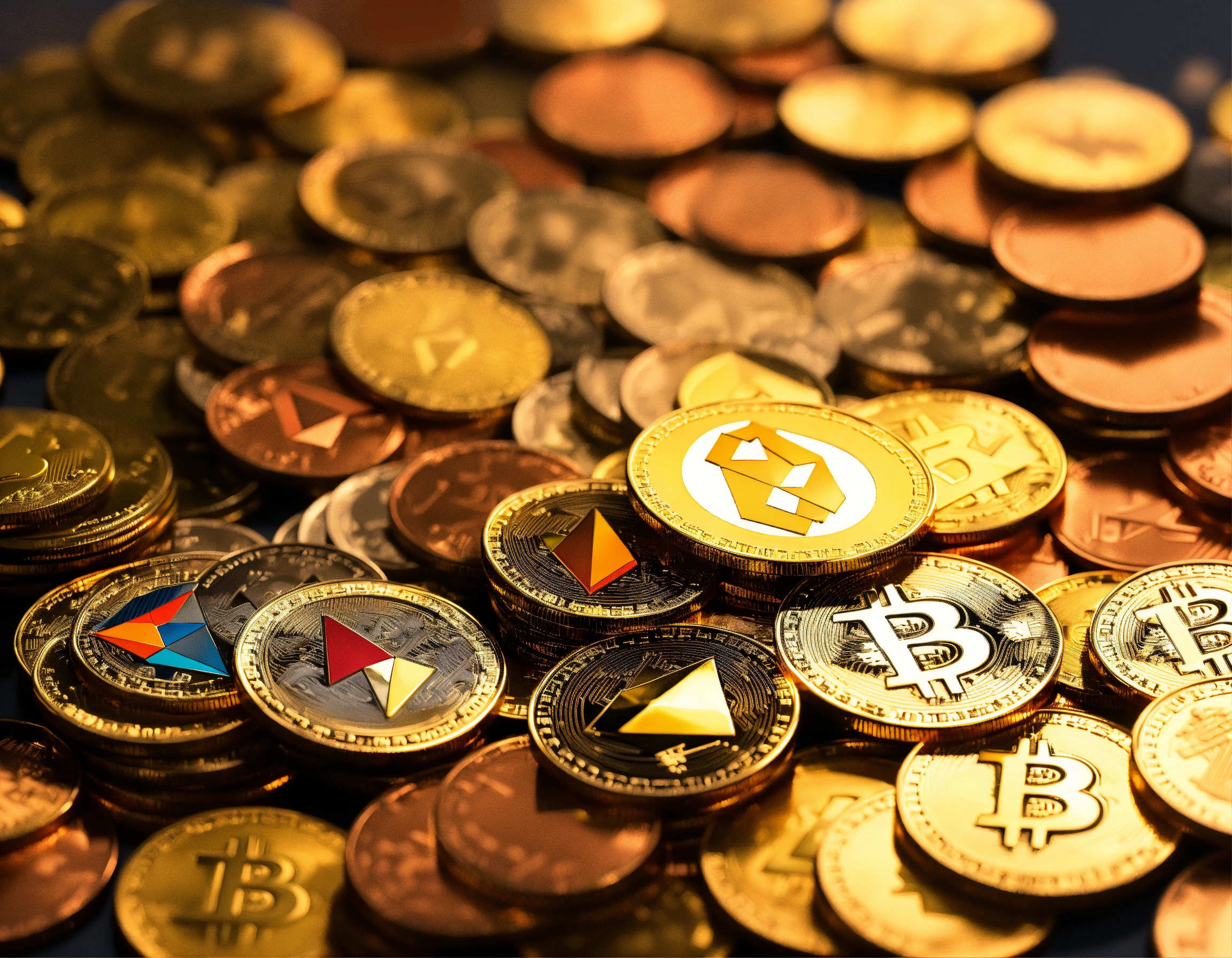Crypto Art: How Blockchain is Changing the Art Industry
The fusion of blockchain technology and the art world has given rise to a revolutionary phenomenon known as crypto art. This innovation is reshaping the art industry in ways that were previously unimaginable. At the heart of this transformation is the use of cryptocurrency to buy, sell, and authenticate digital artworks, which has profound implications for artists, collectors, and the broader art market.
Crypto art leverages blockchain technology, the same technology underlying cryptocurrencies like Bitcoin and Ethereum, to create a new paradigm in art ownership and provenance. By minting digital artworks as non-fungible tokens (NFTs) on the blockchain, each piece of crypto art becomes a unique, verifiable asset. This ensures that the digital artwork cannot be replicated or forged, establishing a clear and secure record of ownership. The introduction of cryptocurrency into the art market has thus addressed longstanding issues of authenticity and provenance.
For artists, cryptocurrency and blockchain technology offer unprecedented opportunities. In the traditional art world, artists often struggle to gain recognition and financial reward due to barriers such as high gallery fees and limited exposure. However, with crypto art platforms like OpenSea, Rarible, and SuperRare, artists can directly reach a global audience. These platforms enable artists to mint and sell their digital creations, receiving payments in cryptocurrency. This direct-to-collector model not only increases artists' earnings but also allows them to retain greater control over their work.
Furthermore, the use of cryptocurrency in the art market has introduced a new level of transparency and security. Blockchain's immutable ledger provides a detailed history of each artwork, including past sales and ownership transfers. This transparency reduces the risk of fraud and forgery, issues that have plagued the art industry for centuries. Collectors can confidently invest in digital art, knowing that their ownership is securely recorded on the blockchain.
Another significant advantage of crypto art is the potential for continuous revenue for artists through royalties. Smart contracts on the blockchain can be programmed to ensure that artists receive a percentage of the sale price every time their work is resold. This is a radical departure from the traditional art market, where artists typically do not benefit financially from secondary sales. The integration of cryptocurrency into the art industry thus provides a sustainable income model for creators, fostering long-term financial stability.
However, the rise of crypto art and the use of cryptocurrency in transactions also present challenges. One of the primary concerns is the environmental impact of blockchain technology, particularly the energy-intensive proof-of-work systems used by cryptocurrencies like Ethereum. Artists and platforms are increasingly exploring more sustainable alternatives, such as proof-of-stake systems and carbon offset initiatives, to mitigate these environmental effects.
Moreover, the volatility of cryptocurrency markets can pose risks for both artists and collectors. The value of cryptocurrency can fluctuate significantly, affecting the prices of digital artworks and the overall stability of the market. This volatility necessitates a cautious approach and thorough understanding of the market dynamics by all participants.
Despite these challenges, the integration of cryptocurrency and blockchain technology into the art world continues to gain momentum. Major auction houses like Christie's and Sotheby's have embraced crypto art, holding high-profile NFT sales that have garnered significant attention and investment. This mainstream acceptance indicates a growing recognition of the value and potential of digital art and cryptocurrency in the traditional art market.
In conclusion, crypto art represents a transformative force in the art industry, driven by the innovative use of cryptocurrency and blockchain technology. By ensuring authenticity, providing new revenue streams for artists, and enhancing transparency and security, crypto art is redefining the way art is created, bought, and sold. As the market evolves, the continued integration of cryptocurrency will likely lead to further innovations and opportunities, solidifying the role of crypto art in the future of the art industry.

Post a Comment